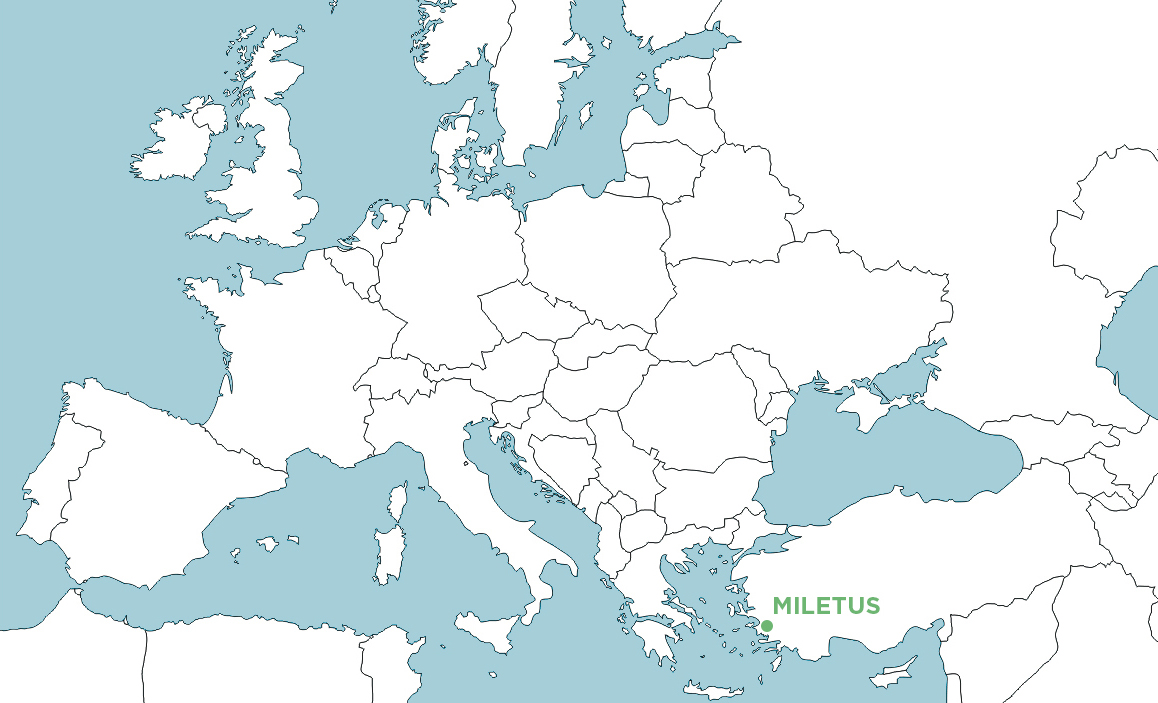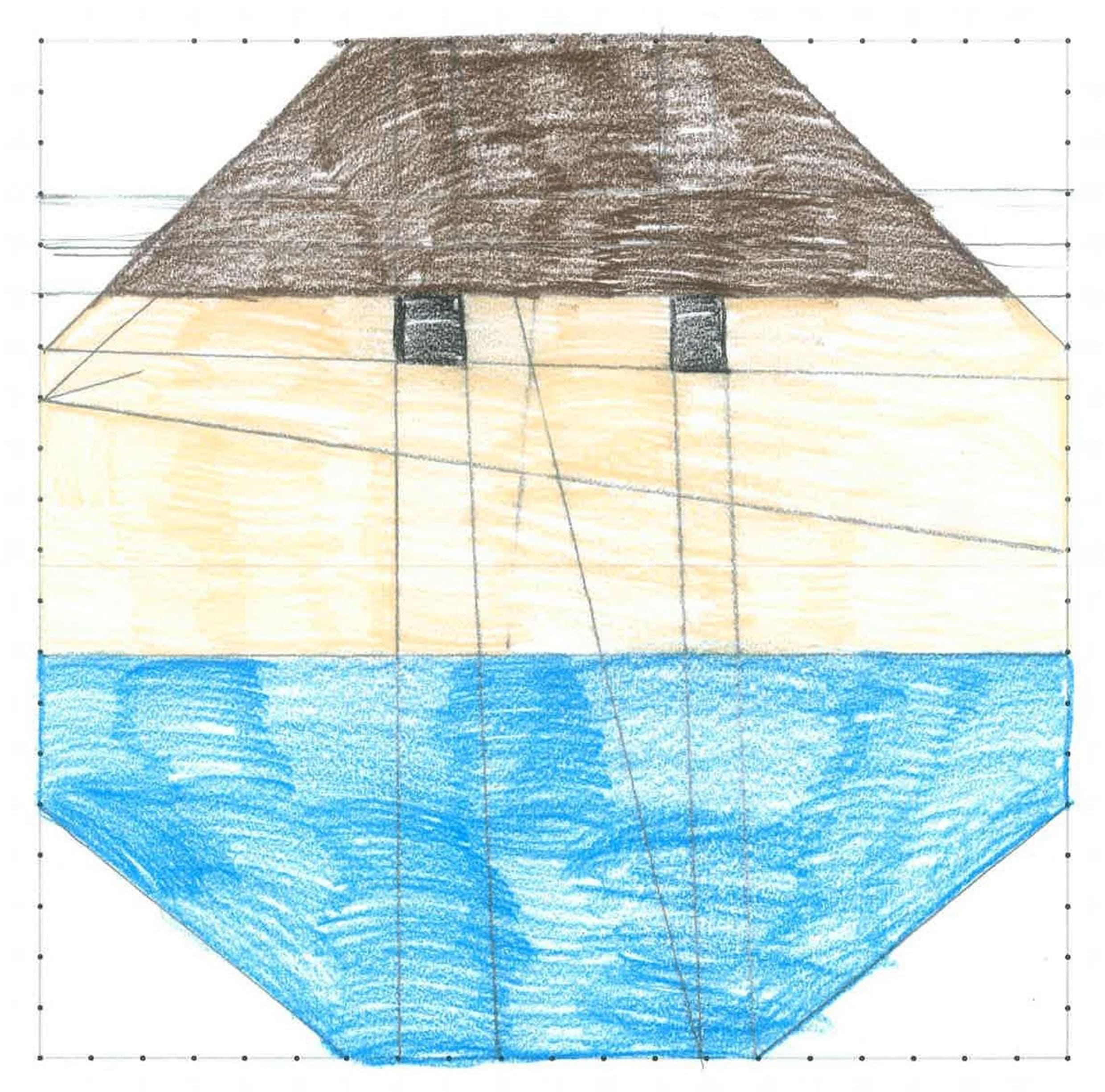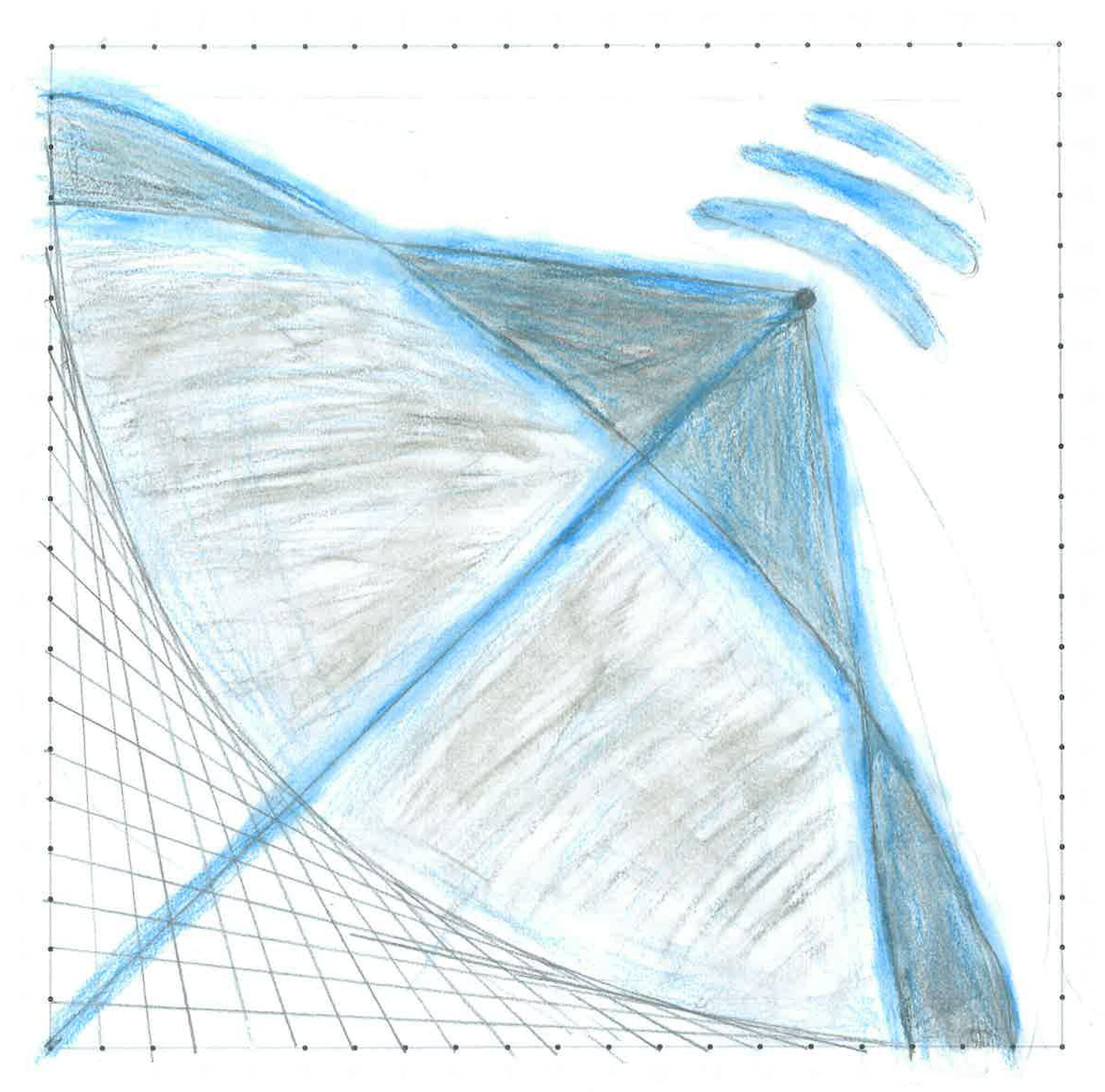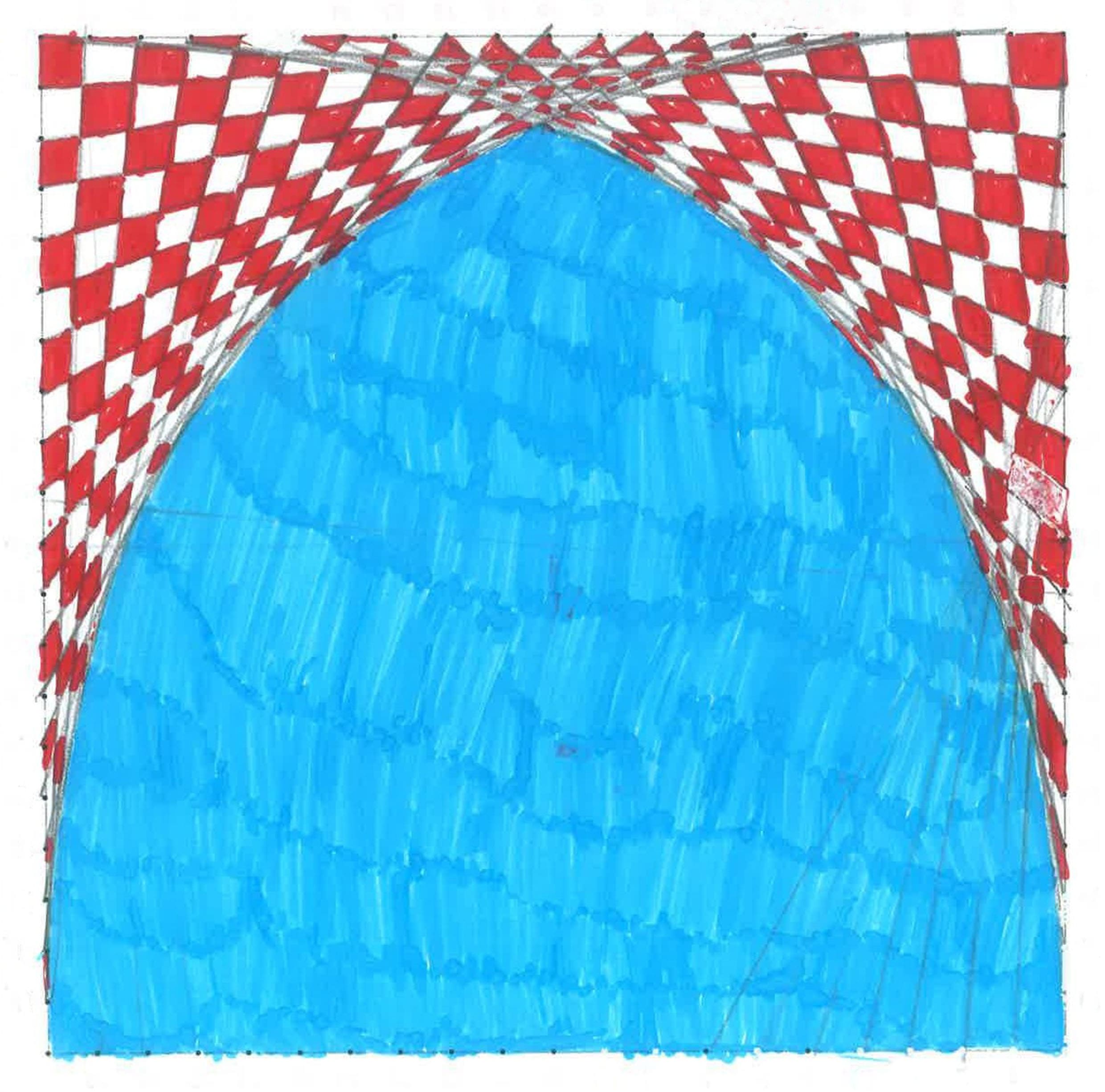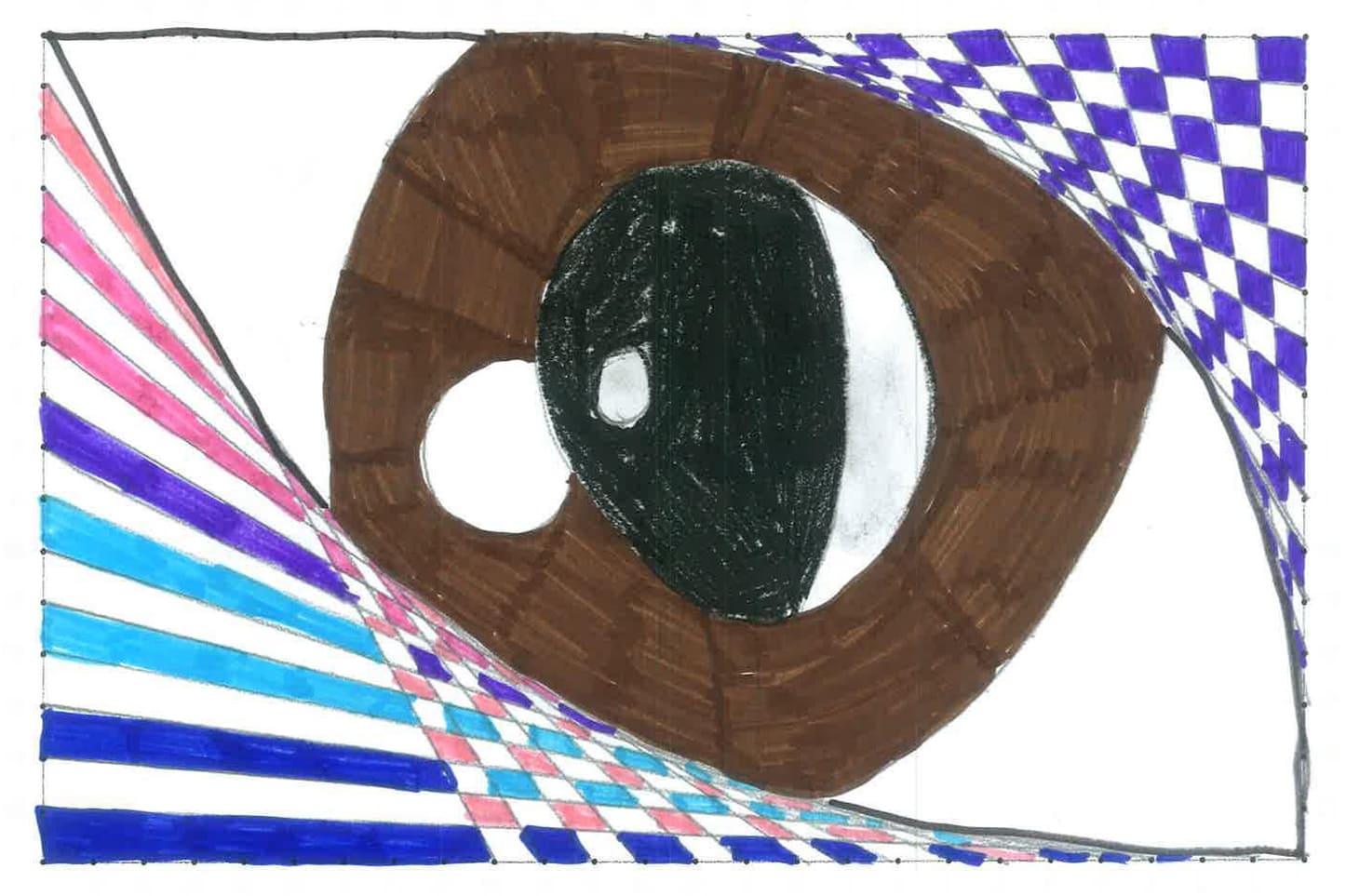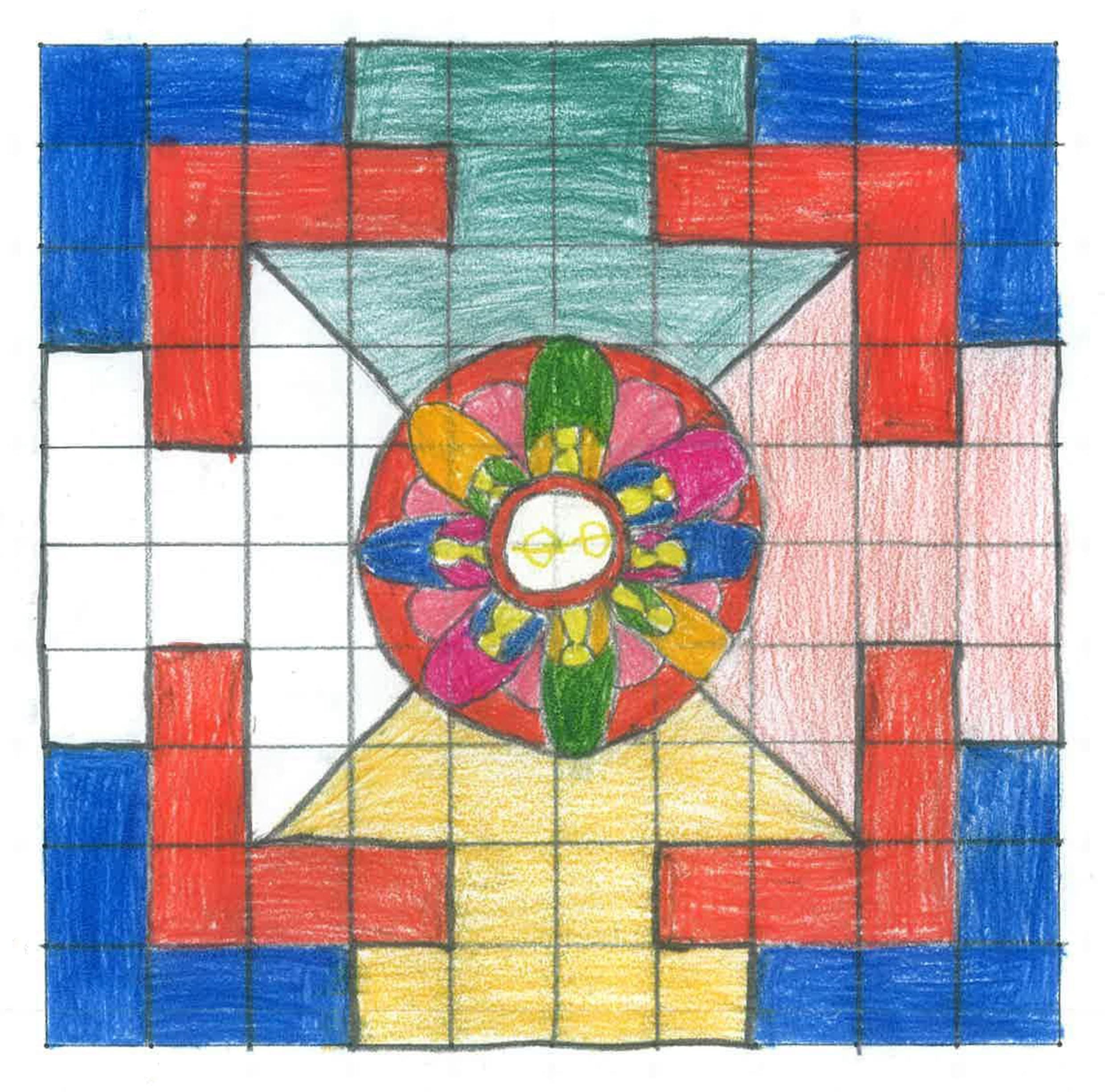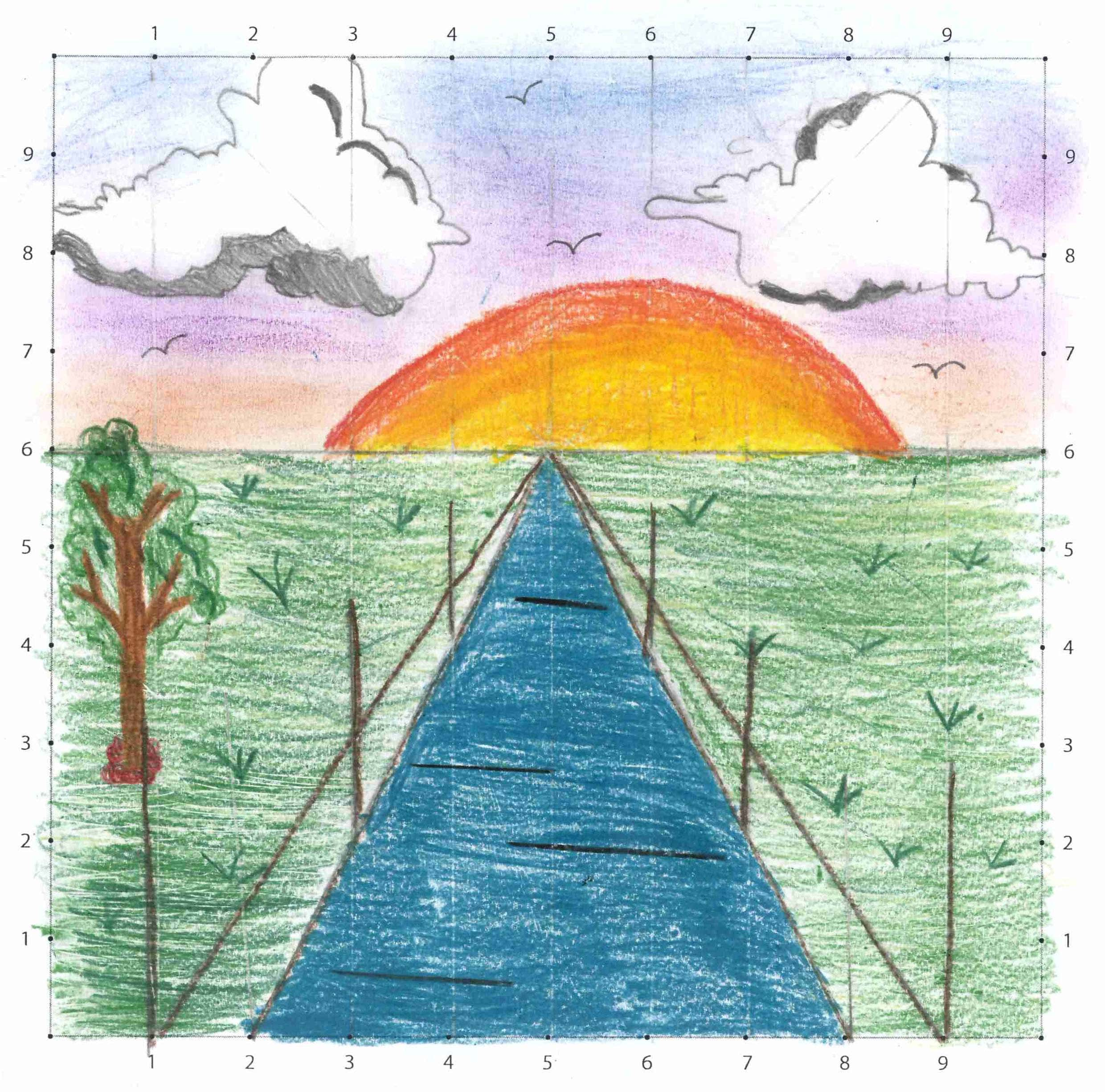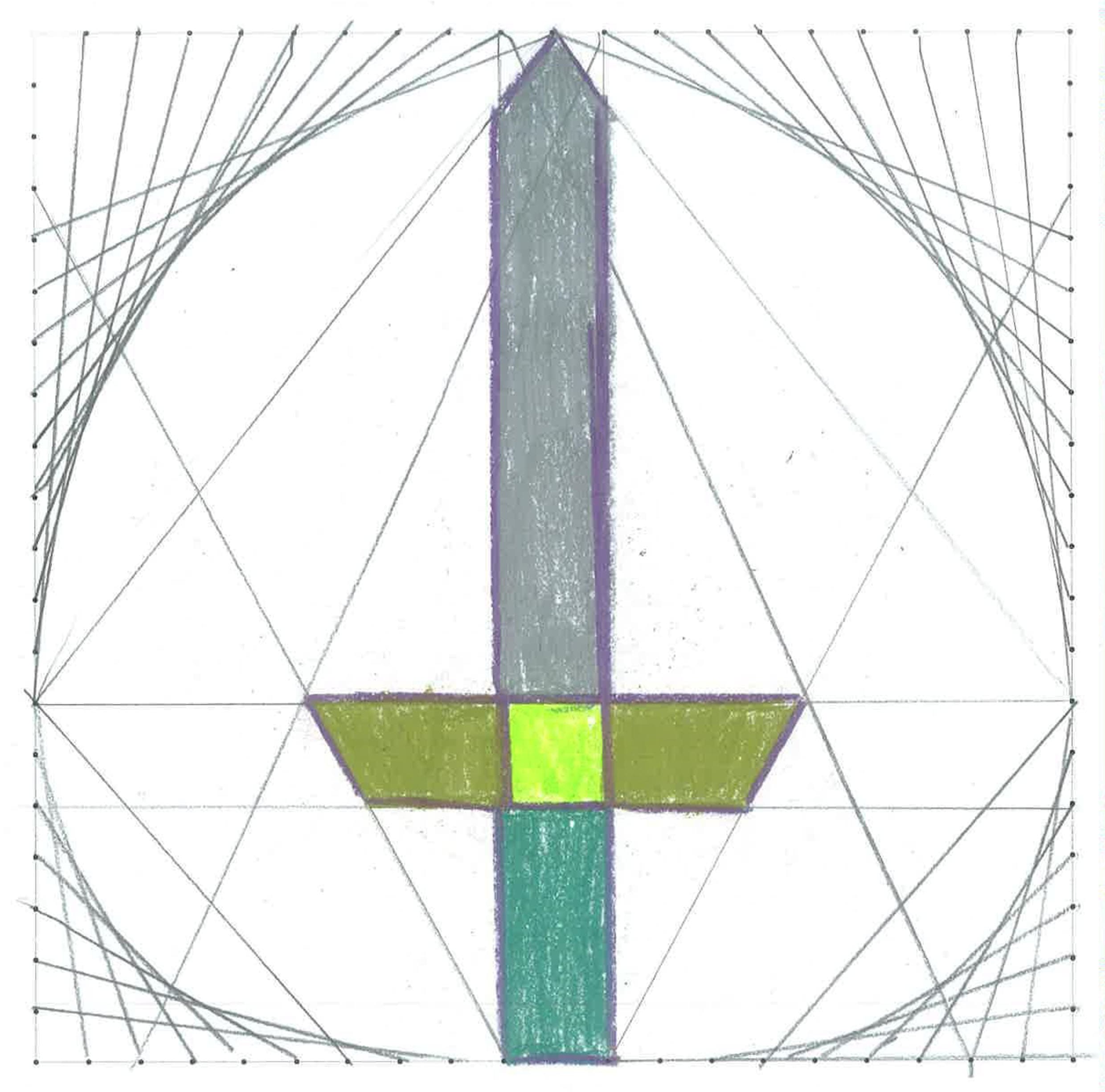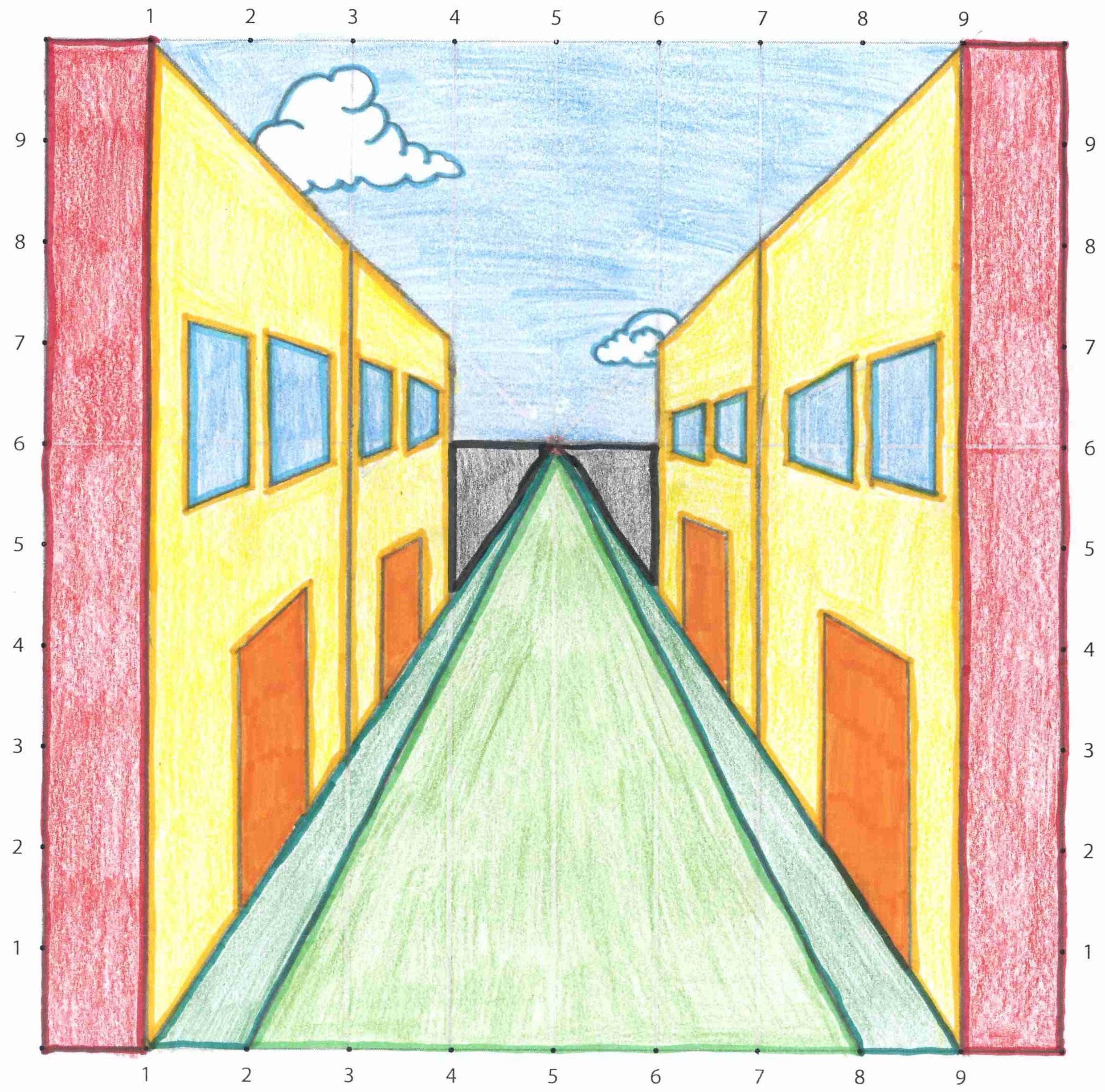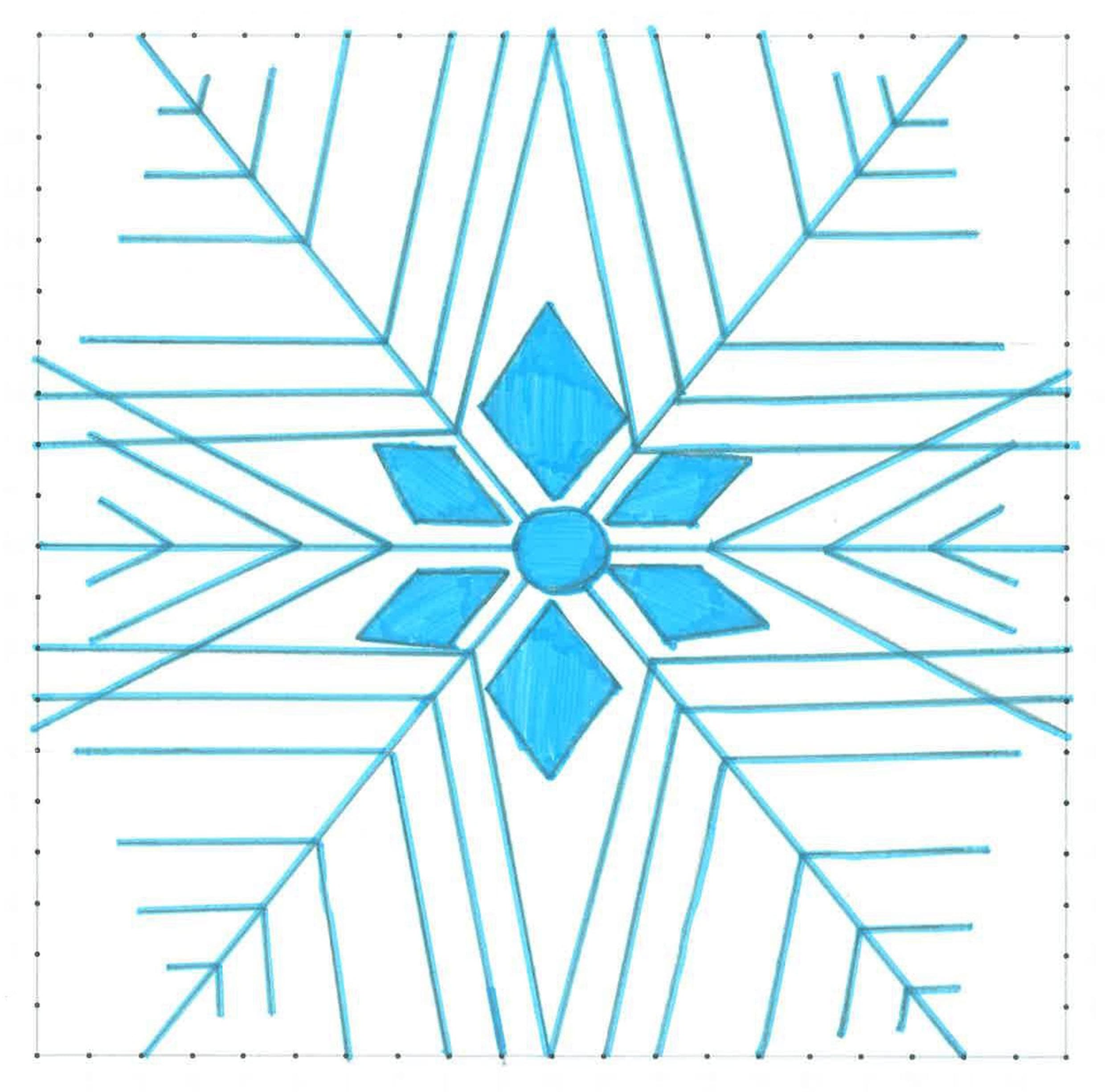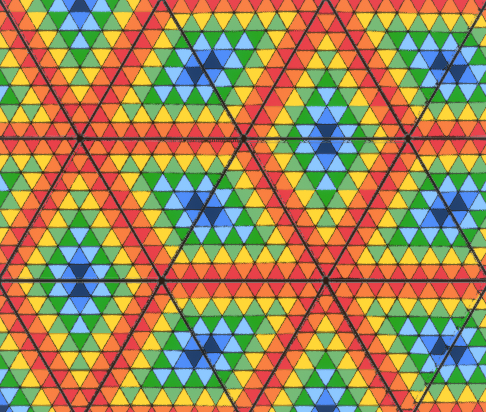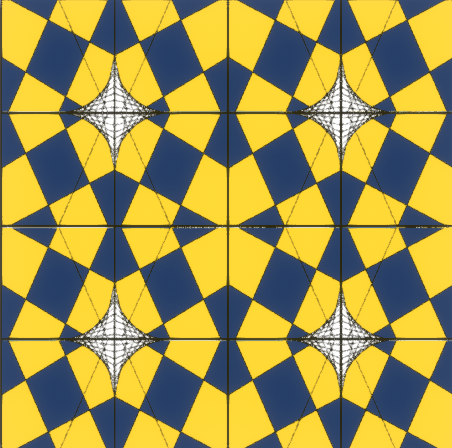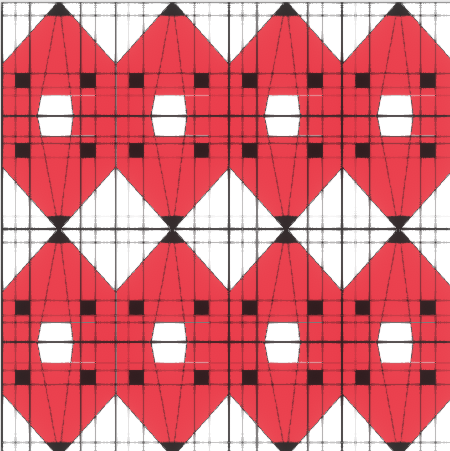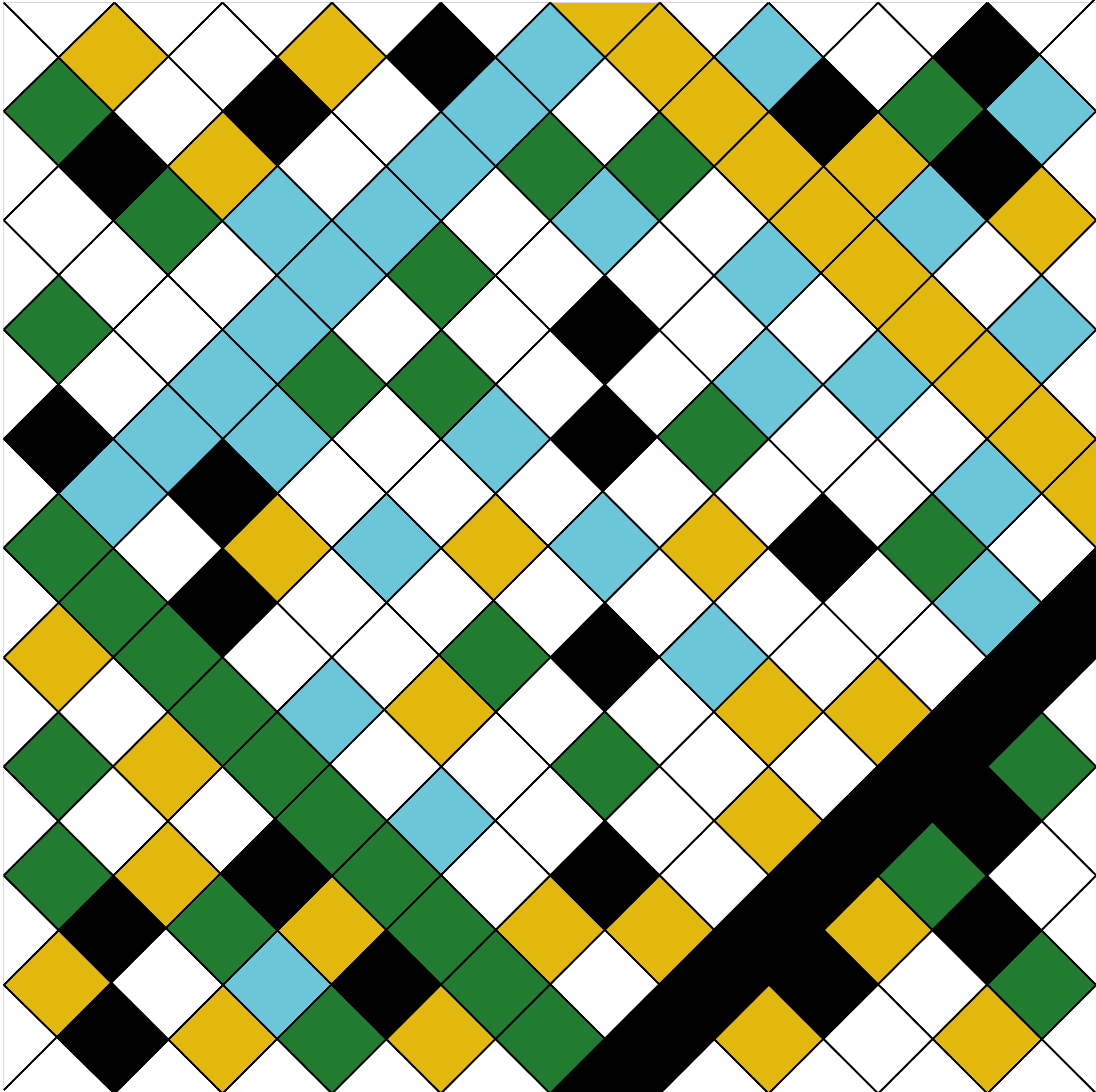
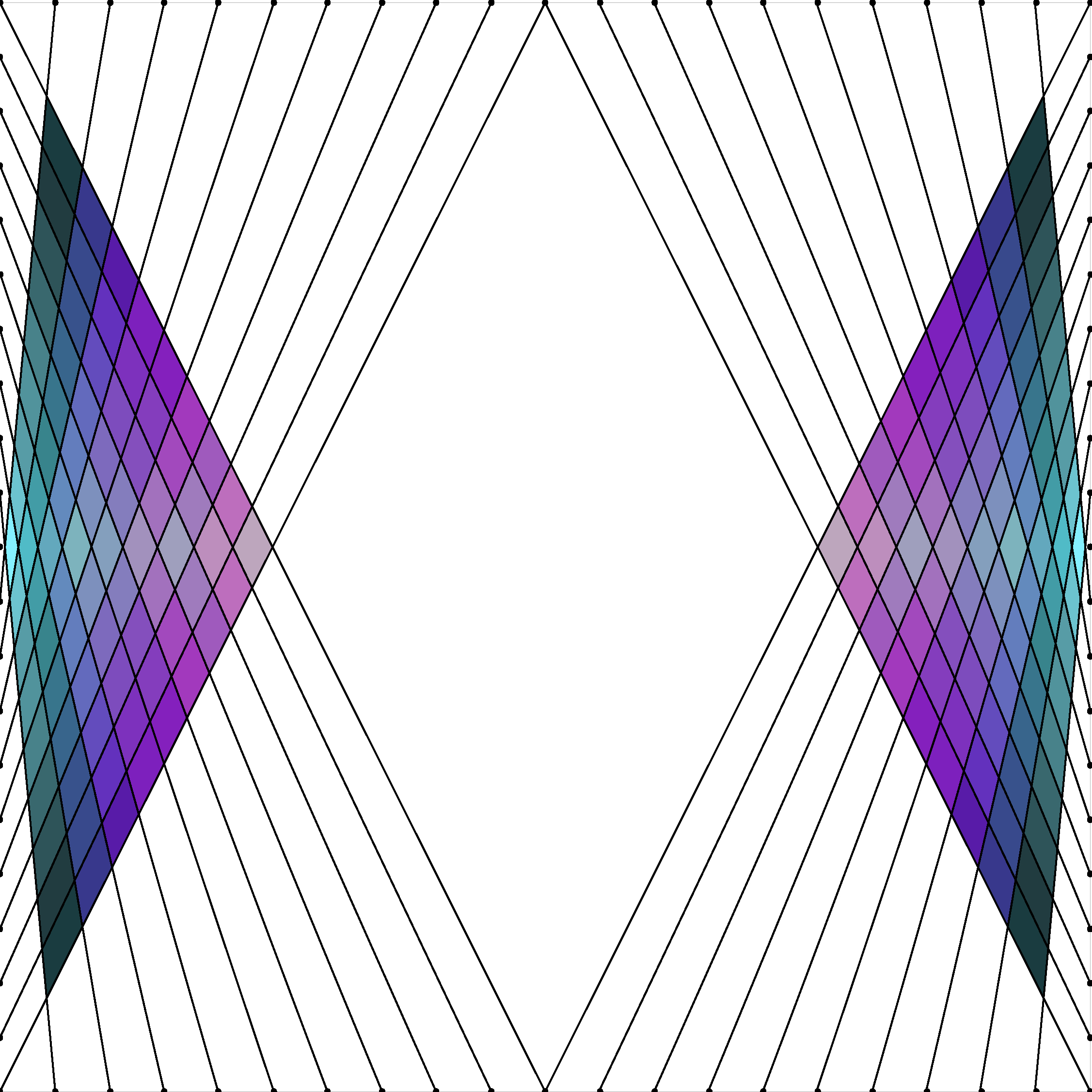
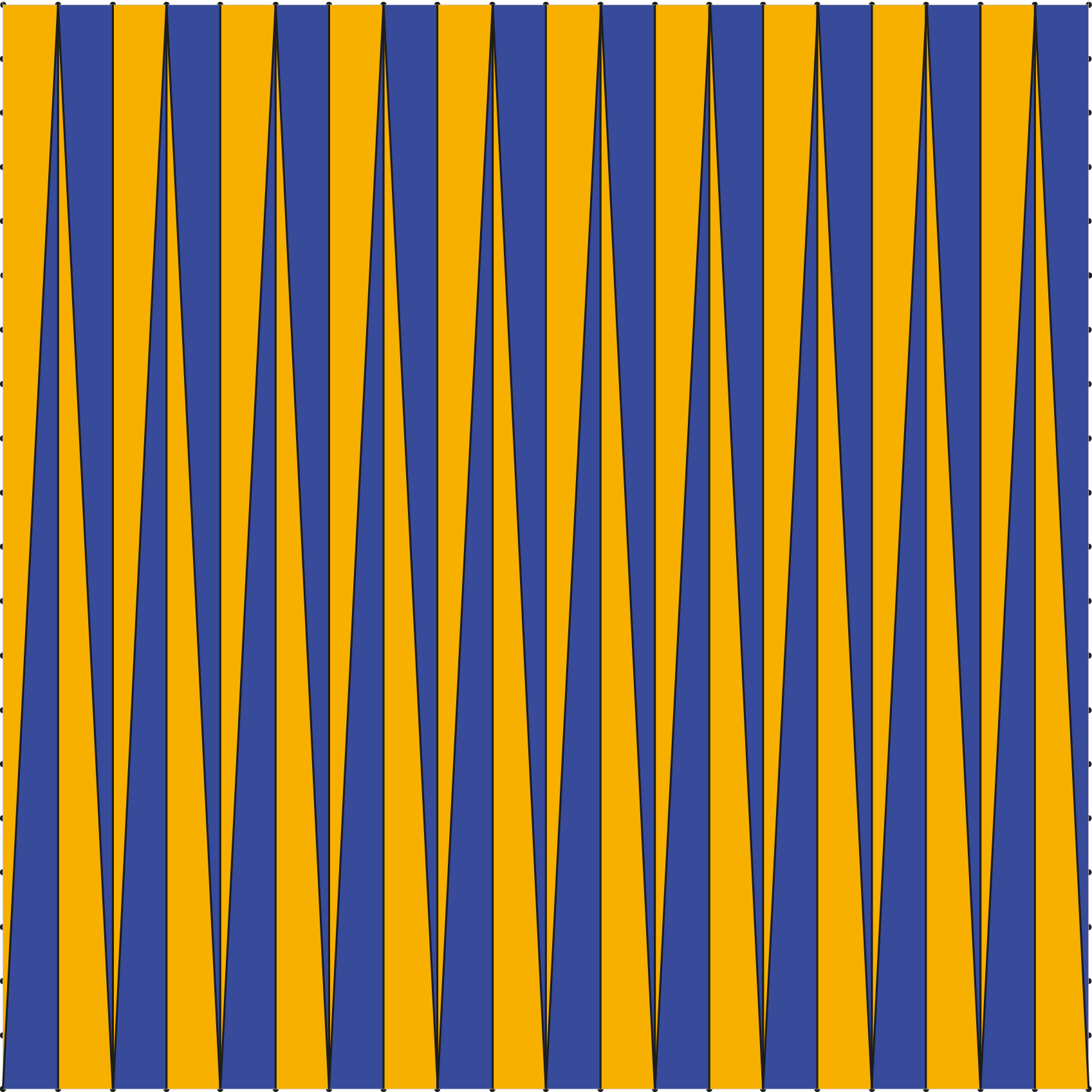
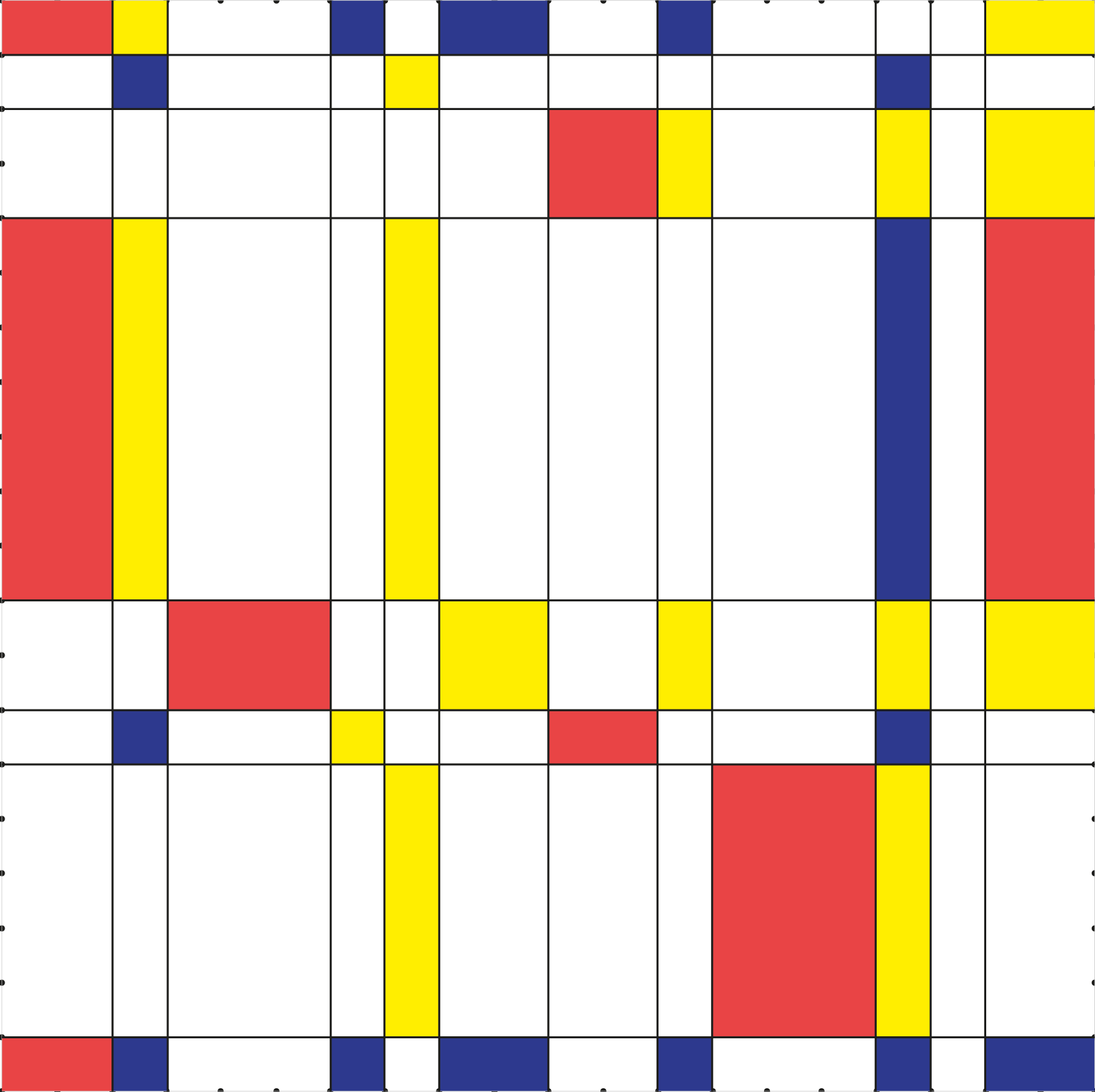
Data Sheet
OVERALL DURATION OF THE PATH ON AVERAGE: 12-18 hours
CLASSES: 3rd, 4th and 5th grade. However, it's possible to adapt the work for the first two grades.
Skills:
L'alunno:
- riconosce e denomina le forme del piano e dello spazio, le loro rappresentazioni e ne coglie le relazioni tra gli elementi;
- utilizza e interpreta il linguaggio matematico (piano cartesiano, formule, equazioni, ...) e ne coglie il rapporto col linguaggio naturale.
METHODS:
Il percorso prevede ampi spazi di esplorazione ed elaborazione personale da parte della classe. È perciò importante che l'insegnante segua - se e quando possibile - l'intuizione del singolo studente, proponendo se necessario attività personalizzate. Si usano artefatti diversi, quali corde, riga, tavole numerate, gioco online, che veicolano i vari significati matematici in gioco (il riferimento è alla teoria della mediazione semiotica, V. Hasan 2002). Le tavole numerate consentono di stabilire un legame tra proprietà geometriche e regolarità aritmetiche.
MULTIDISCIPLINARY LINKS:
art and image, technology.
Il percorso è stato ideato da Luigi Bernardi, Giorgia Damiano.
No elements yet
Usciranno presto altre voci!




No elements yet
Usciranno presto altre voci!
Data Sheet
OVERALL DURATION OF THE PATH ON AVERAGE: 12-18 hours
CLASSES: 3rd, 4th and 5th grade. However, it's possible to adapt the work for the first two grades.
Skills:
L'alunno:
- riconosce e denomina le forme del piano e dello spazio, le loro rappresentazioni e ne coglie le relazioni tra gli elementi;
- utilizza e interpreta il linguaggio matematico (piano cartesiano, formule, equazioni, ...) e ne coglie il rapporto col linguaggio naturale.
METHODS:
Il percorso prevede ampi spazi di esplorazione ed elaborazione personale da parte della classe. È perciò importante che l'insegnante segua - se e quando possibile - l'intuizione del singolo studente, proponendo se necessario attività personalizzate. Si usano artefatti diversi, quali corde, riga, tavole numerate, gioco online, che veicolano i vari significati matematici in gioco (il riferimento è alla teoria della mediazione semiotica, V. Hasan 2002). Le tavole numerate consentono di stabilire un legame tra proprietà geometriche e regolarità aritmetiche.
MULTIDISCIPLINARY LINKS:
art and image, technology.
Il percorso è stato ideato da Luigi Bernardi, Giorgia Damiano.
Thales of Miletus
 Thales is the first known philosopher and mathematician of the Western world, considered one of the seven sages of antiquity. He left no writings, but many speak of him, including Plato, Aristotle, Herodotus. Many discoveries in astronomy and mathematics are attributed to Thales. Among these, the fact that a triangle inscribed in a semicircle is a rectangle. Particularly famous is the story according to which, during a trip to Egypt, Thales was able to measure the height of the pyramid of Cheops based on the comparison between the shadow of the pyramid and the shadow produced by a stick planted in the sand. This was acived basing precisely on the theorem that today bears his name (but only in Italy and France).
Thales is the first known philosopher and mathematician of the Western world, considered one of the seven sages of antiquity. He left no writings, but many speak of him, including Plato, Aristotle, Herodotus. Many discoveries in astronomy and mathematics are attributed to Thales. Among these, the fact that a triangle inscribed in a semicircle is a rectangle. Particularly famous is the story according to which, during a trip to Egypt, Thales was able to measure the height of the pyramid of Cheops based on the comparison between the shadow of the pyramid and the shadow produced by a stick planted in the sand. This was acived basing precisely on the theorem that today bears his name (but only in Italy and France).

